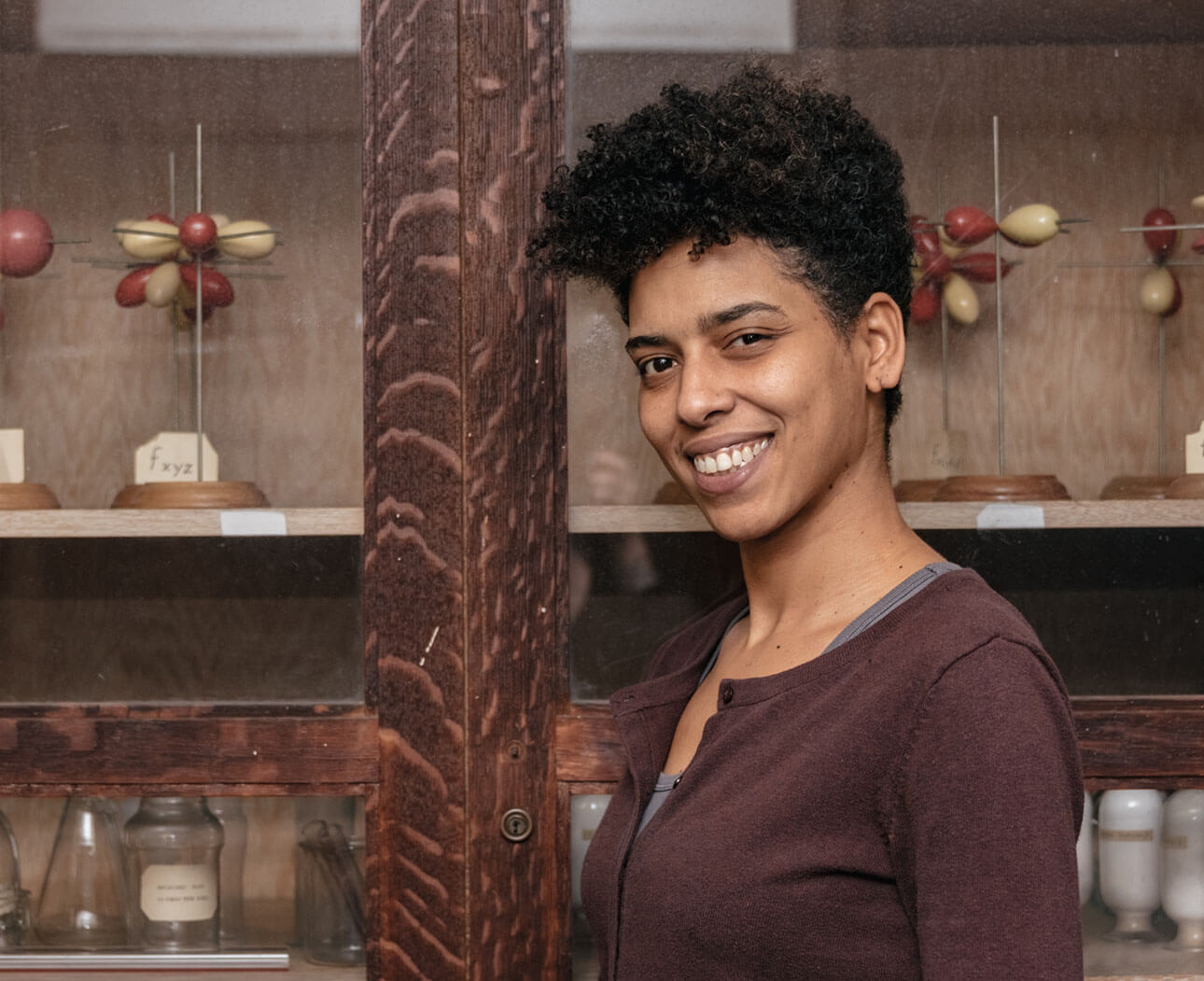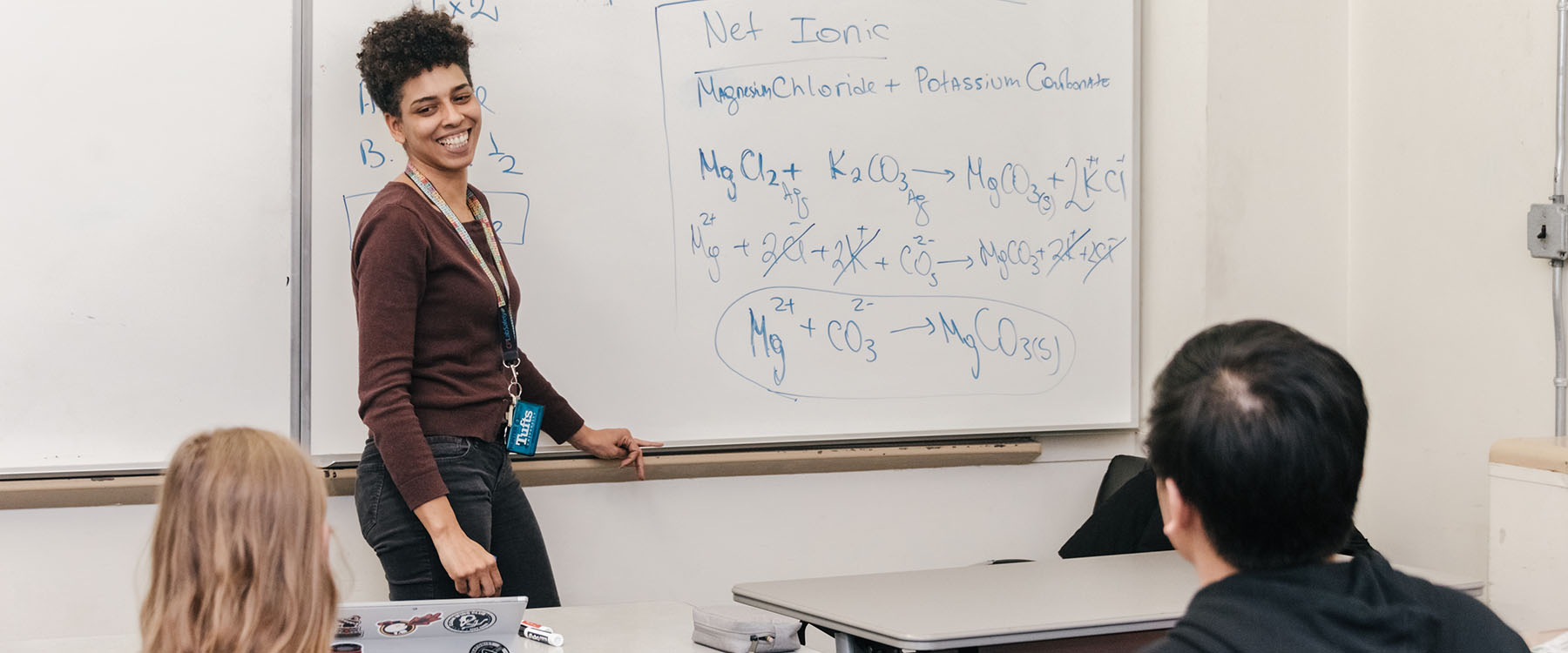Using Top Hat Motivated a Large Class of Non-Science Majors to Care About Chemistry
650
Students each semester
4%
Average increase in student test scores after adopting Top Hat
95%
Approval rating for Top Hat as a tool for learning before and after class

The Challenge
Kirsten Grant’s students cared about getting good grades—but not learning the course material
A professor of chemistry at City University of New York, Hunter College, Grant is responsible for teaching science to a large cohort of pre-nursing students, who are considered—and who think of themselves as—non-science majors. Her course in a single semester caps out at 650 students, most of whom are primarily concerned with getting good grades in order to qualify for the highly competitive nursing program. “I wanted to impress upon them the importance of learning the material, because that’s what leads to good grades,” she says.
Since 2015, Grant has accumulated a wealth of teaching materials, videos and simulations. However, they all lived on her institution’s LMS, which her students rarely accessed because it was clunky and difficult to navigate. From the results of an in-class survey, Grant learned that many of her students waited until just a few days before the exam to review course content. It was at this point that she realized she needed to make some changes to the way she taught, in order to ensure that students not only focused on their grades, but their learning as well.
Grant learned that many of her students waited until just a few days before the exam to review course content. It was at this point that she realized she needed to make some changes to the way she taught.
The Solution
To motivate student learning, Grant adopted Top Hat’s end-to-end course solution for her presentations, assignments and textbook
Grant initially used Top Hat just to present in-class questions throughout her lecture. As she became more comfortable with the platform, she started to create presentations that seamlessly integrated both slides and assessment questions. Her students’ use of Top Hat also evolved, and they now use it to problem solve together during class. Adding to this, she relies on Top Hat to assess her students for higher-stakes tests and exams, which can now be found in the same convenient place as all her other teaching tools and resources.
Grant’s use of Top Hat is rounded out with the textbook and out-of-class resources she authored for her unique chemistry course. For each unit she covers, students are required to complete a pre-class assignment that includes reading content and videos to reinforce concepts and practice problems to apply the learning. Grant has designed her course so that by the time students arrive in class, they are prepared to move on to more difficult concepts. After class, students complete a homework assignment with tracked problems so she can check in on how students have comprehended the material. “My motivation for working with Top Hat was being able to design what I consider to be my dream class resource,” she said.
“The textbook is a dynamic resource that’s really easy to use. At any point if I need to change anything that’s old, or put anything in that’s new, my students see it right away.”


The Results
Pre-and post-class assignments have helped improve student learning and test grades
Grant’s implementation of Top Hat has been overwhelmingly successful. She’s noticed that students are more willing and able to access and learn from the resources she’s gathered now that they’re in a single place on the Top Hat platform. They can earn points for completion of their pre- and post-class assignments and, ultimately, they’re interacting better with the material.
As well as introducing Top Hat in her classes, Grant put in place recitation sections where her students met in small, hands-on groups to review course content. The improvements to students’ test scores have been impressive: there was a 4 percent increase on average in the fall 2019 semester. Moreover, her students’ reviews of her course—and the way they are learning in it—is at an all time high. Recently, she surveyed students to see how they were benefiting from the changes. While students are known to resist additional work, she was delighted to find that a whopping 95 percent agreed pre-class assignments and post-class homework problems were effective for their learning.








